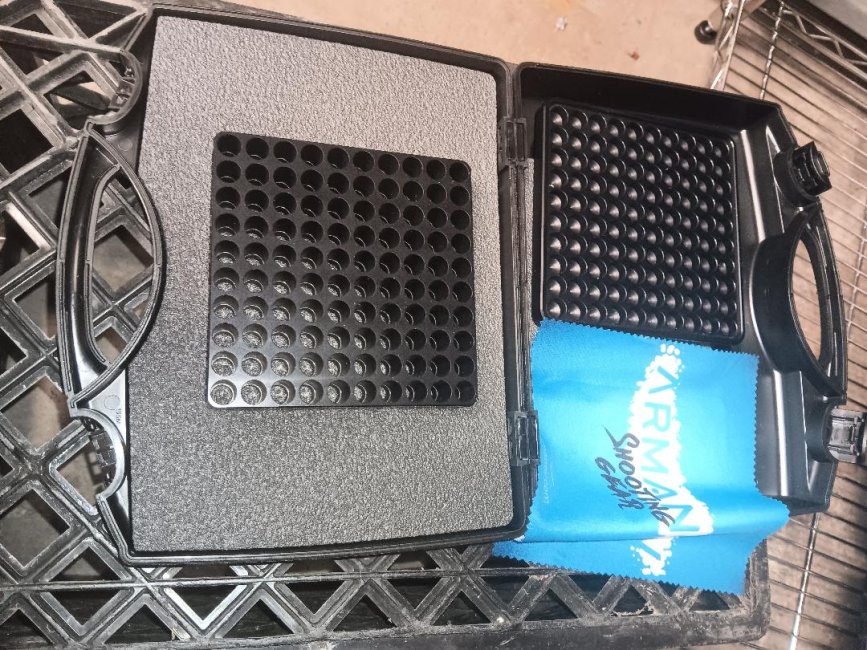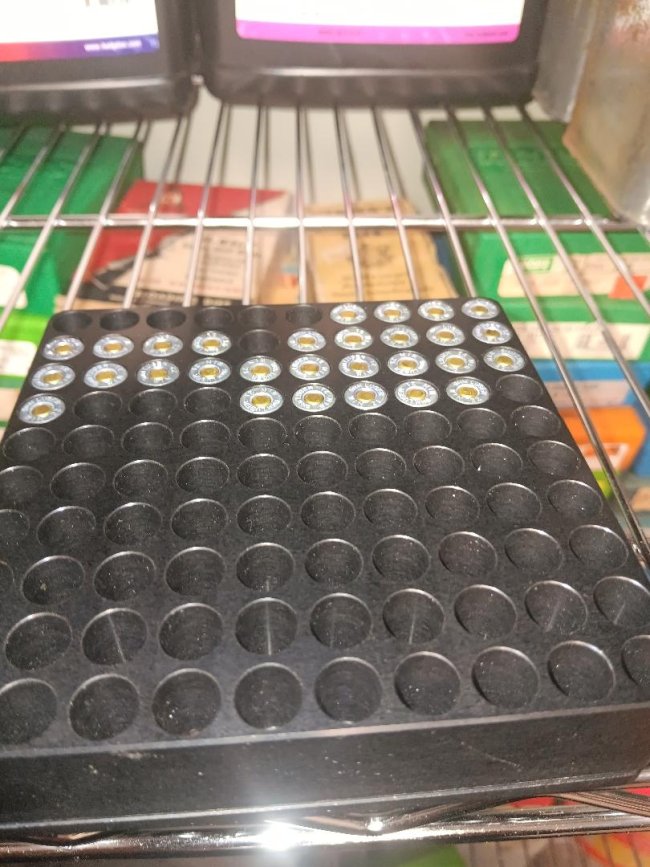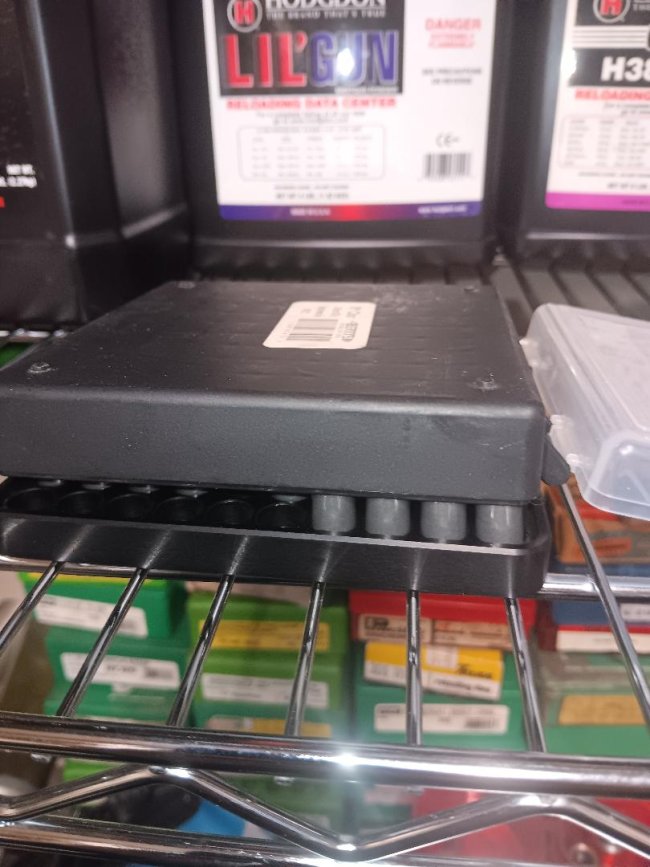This is 147gr RN coated Summitt City bullet in Speer brass. COL 1.090 it fits in my CZ P10F barrel just right.And therein lies the problem. Loading for several chambers that are in spec should be easy with a case guage. Loading for several chambers that are out of spec.... ugh. Shouldn't even be a consideration.
9mm isn't like precision rifle. There aren't different chambers to work with.
For 9mm Luger / Parabellum etc - In spec: One Plunk, All Plunk.
For 308 - Load for the rifle individually.
Full respect @DadSmith, I just can't see a 1/64 difference in the drop test.
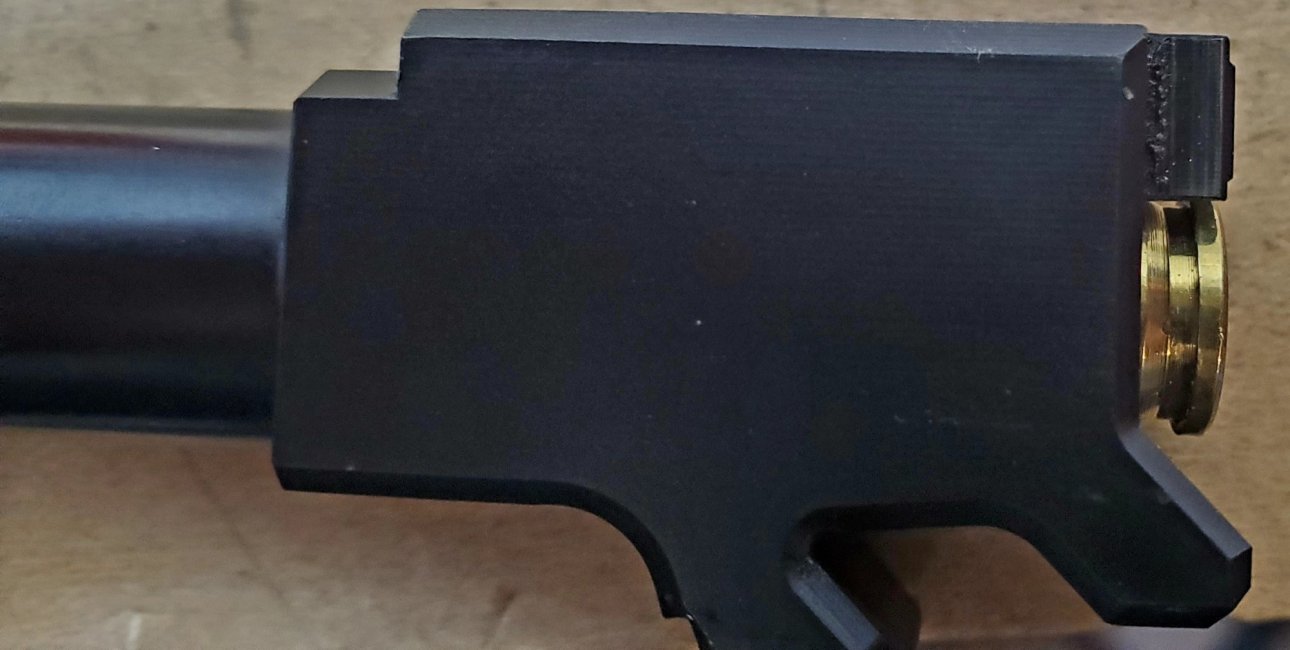
However, in my Aim, and PSA Glock 19/Dagger barrel it's short, but it fires fine.
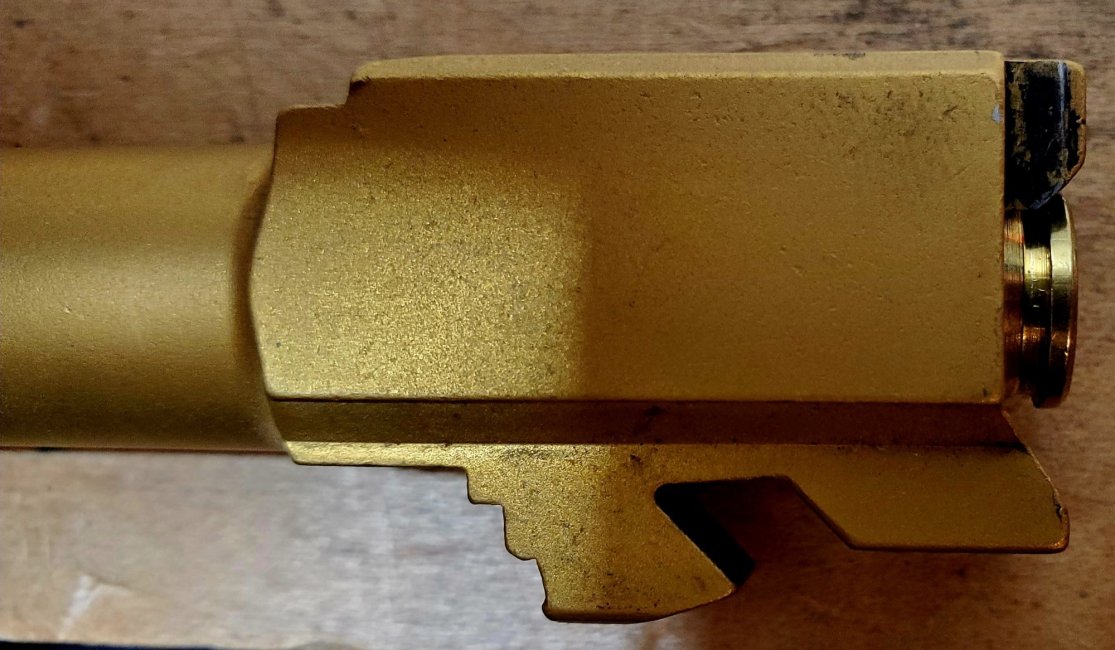
If I load this to the length of the Glock/Dagger barrels my CZ, and Taurus will have problems with the slide going into battery.
So when running bullets that have no load data it's best to do a plunk test, and run with the shortest COL in my experience.
The pictures probably don't show the difference as good ax the naked eye. But I tried to get a decent shot of it.





